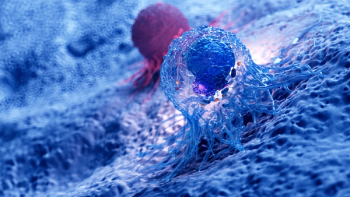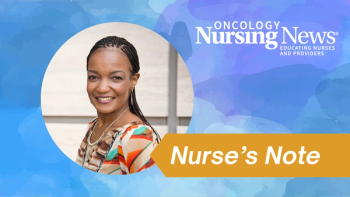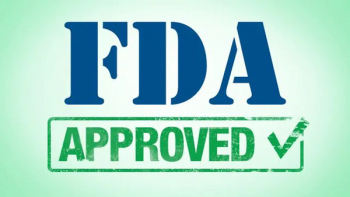
- March 2015
- Volume 9
- Issue 2
Treating Elderly Patients: How Old Is Too Old?
The terminology of aging has changed over the past decade or so, and we're now using phrases such as young old (aged 60 to 69 years), middle old (aged 70 to 79 years), and the very old (aged 80+).
Lisa Schulmeister, RN, MN, APRN-BC, OCN®, FAAN
Editor-in-Chief OncLive Nursing
Oncology Nursing Consultant, Adjunct Assistant Professor of NursingLouisiana State Health Sciences Center in New Orleans, Louisiana
The terminology of aging has changed over the past decade or so, and we’re now using phrases such as young old (aged 60 to 69 years), middle old (aged 70 to 79 years), and the very old (aged 80+). According to the Census Bureau, 5.7 million people in the United States are aged 80-84 and 5.5 million are aged 85 and older. People are now living longer than ever before. In fact, the Hallmark Cards Company sells 85,000 “Happy 100th Birthday!” cards each year.
Treating
Treatment decisions need to be based on potential benefits and how the patient may be affected by adverse effects. This decision-making can be an ethical dilemma; however, the starting point is considering the patient’s wishes after providing accurate information about risks and benefits of treatment.
Recommending no treatment and offering only symptomatic/palliative care is difficult for many clinicians and may not be an option the patient wants to consider. In reviewing hundreds of medical records over the years, I’ve yet to see a documented discussion of recommending no treatment. Instead, some type of treatment, including giving a “sprinkling of chemotherapy,” has been recommended. It appears it is just too difficult to suggest no treatment. The hesitation may be that no treatment is equated to “doing nothing,” which is not the case. When clinicians are fully informed about and comfortable with the principles of palliative care, there is much that can be done in the absence of cancer treatment.
To assist in decision making about the treatment of cancer in the elderly, we need to carefully examine the likelihood of response to chemotherapy and survival benefit. We also need to consider the physiological changes that accompany aging, such as diminished organ function, which will affect how chemotherapy is metabolized. Impaired heart, lung, kidney, liver, or bone marrow reserve are particularly problematic when giving chemotherapy or radiotherapy. However, when older patients are carefully screened and monitored throughout treatment, adverse effects can be minimized or quickly addressed.
An 11-question survey can be used to assist in determining which older patients can benefit from chemotherapy and which ones are unlikely to tolerate treatment. A tool for assessing chemotherapy tolerance in older patients was developed by Arti Hurria, MD, and the City of Hope Comprehensive Cancer Center. It looks at such risk factors as the patient’s age (72 years or older), hearing, creatinine clearance, hemoglobin levels, number of falls in the last 6 months, and level of social activity.1 A score of 0 to 5 indicates that the patient has a low risk of experiencing severe toxicity from chemotherapy, 6 to 9 indicates about a 50% risk and 10 to 19 indicates a high risk of developing a severe or even fatal reaction to chemotherapy.
The longer Comprehensive Geriatric Assessment (CGA) also is a valuable tool in the assessment of older patients but may be cumbersome to implement for daily clinical use. Regardless of the tool used, care of elderly patients with cancer can be improved by identifying the patients who are best suited for treatment.
Reference
- Hurria A, Towgawa K, Mohile SG, et al. Predicting Chemotherapy Toxicity in Older Adults with Cancer: A Prospective Multicenter Study; J Clin Oncol 2011; 29(25):3457-3465.
Articles in this issue
almost 11 years ago
Factors Influencing Care Decisions for Patients With Advanced CancerNewsletter
Knowledge is power. Don’t miss the most recent breakthroughs in cancer care.























































































